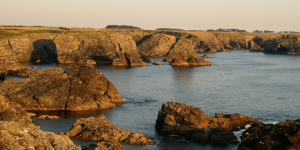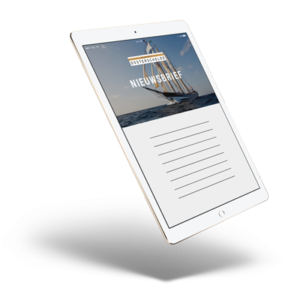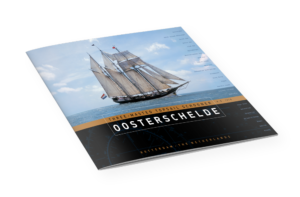31 Jan Heavy Weather
31 January 2025
Heavy weather
On a long ocean voyage like this, there’s no escaping it: sooner or later, you’ll encounter heavy weather. At the start of the week, a depression passed through, with forecasts predicting around 30 knots of wind. Nothing we couldn’t handle, so we sailed into it confidently. Soon, it became clear that the forecast had been a bit optimistic. In the squalls, the wind easily hit 40 knots, but even that was manageable with a small sail plan. We made it through just fine.
Shortly after, the next low-pressure system appeared, with slightly stronger winds expected. Still below 40 knots, so it should have been doable. However, having learned from the previous depression, we considered whether we could sail around it. That didn’t seem possible without losing a lot of time and risking getting stuck in a windless area afterward. So, we decided to take this one head-on as well—but this time, fully prepared for stronger winds than the predicted 8 Beaufort! We covered the hatches with tarpaulins, rigged lifelines across the deck, and set up the storm jib. This ensured the ship was well-secured, the crew was safe, and we had a small, controlled sail ready to go if needed.
Last night, the wind started picking up, and by sunrise, we had already reached 40 knots. Then the squalls rolled in…
Heavy hail showers, with an extra punch of wind. We began the day sailing downwind on just the staysail. By then, the swell had built up significantly, with waves reaching eight to nine meters. Since the deck was frequently submerged—especially in the squalls—we asked the guests to stay inside. Still, between the squalls, the morning was breathtaking. The wind-blown wave crests turned into rainbows in the low sunlight. A Southern Royal albatross hovered beside the stern for nearly a minute, observing us curiously. Dolphins surfed the ever-growing swell. Truly unforgettable moments.
But reality quickly reminded us to stay focused. Every squall demanded full attention. The wind shifted unpredictably, gusting well over 10 Beaufort. Visibility dropped, and with the ship surfing down the waves, steering became a real challenge—requiring sharp focus at all times. By late afternoon, with longer breaks between squalls and a safer deck, we brought the guests outside in small groups so they could see and feel what it’s like to be in heavy weather. For some, it was an eye-opener; a few were even relieved to go back inside. It proved once again: the only people who want to experience a storm at sea are those who have never experienced one before. By now, the average wind speed has dropped considerably, though the occasional nasty squall still passes through. We’re keeping our storm sail setup for now. By morning, the squalls should ease further, and we’ll start setting more sail again. Behind this depression lies an area of very light winds, and we’d rather stay ahead of it. But—this journey is a marathon, not a sprint. Caution takes priority. A few slower hours won’t cost us the race.







